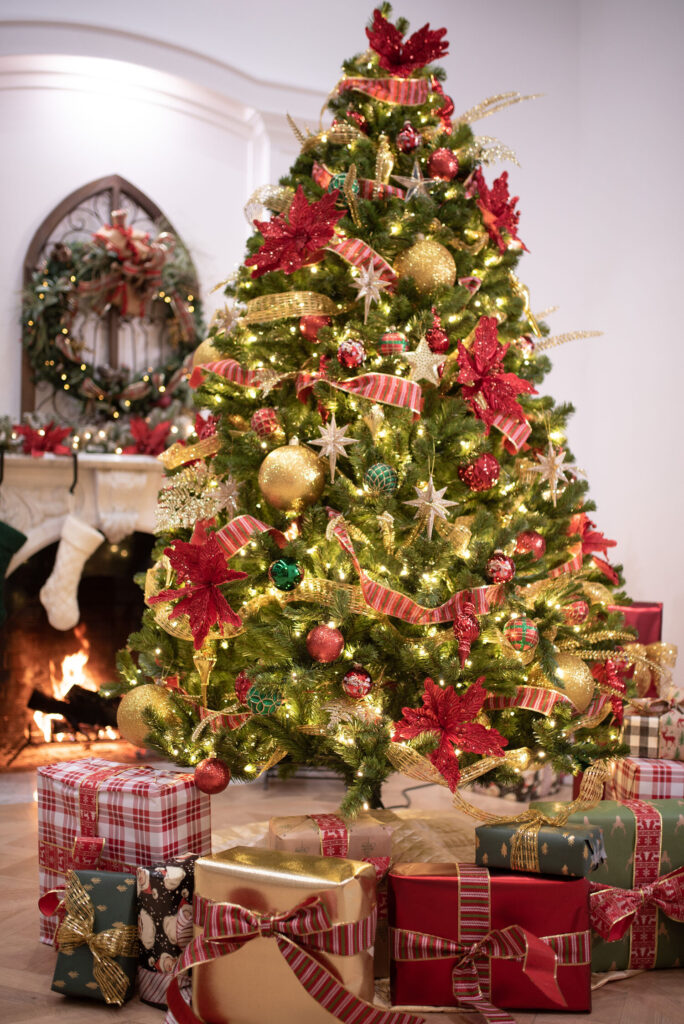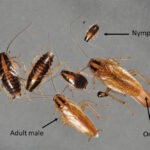As the festive season approaches, streets illuminate with twinkling lights, homes fill with the aroma of baked treats, and the centerpiece of many celebrations—the Christmas tree—takes its pride of place. Yet, have you ever wondered about the enchanting history behind this beloved tradition?
The origin of the Christmas tree is a captivating tale that dates back centuries, intertwining ancient rituals, cultural exchanges, and the spirit of the holiday season. Let’s embark on a journey through time to uncover the roots of this cherished symbol of Christmas.

Pagan Origins: Evergreen Symbolism and Winter Solstice Celebrations
The tradition of decorating evergreen trees traces its origins to ancient civilizations. Pre-Christian cultures, such as the Romans, Egyptians, and Vikings, revered evergreen trees for their ability to stay vibrant and green amidst the harsh winter months. These trees symbolized resilience, life, and hope during the dark, cold season.
Among various pagan rituals, the Norse and Germanic peoples are often credited with the earliest forms of the Christmas tree. They decorated evergreens during the winter solstice—a time of celebrating the return of the sun and the promise of longer days ahead. These traditions evolved over time and eventually merged with Christian festivities.
Christian Adaptation: Evolution of the Christmas Tree
The integration of the Christmas tree into Christian celebrations is attributed to several historical accounts. One popular narrative involves Saint Boniface, an English missionary in the 8th century. Legend has it that he encountered pagans in Germany worshipping an oak tree and, to discourage the practice, he supposedly cut down the oak, revealing a small fir tree growing in its place—a symbol of Christianity. This act is believed to have contributed to the adoption of the fir tree as a Christian symbol.
However, it wasn’t until the 16th century in Germany that the modern-day Christmas tree tradition began to take shape. Devout Christians brought decorated trees into their homes during the holiday season. The trees were adorned with candles, fruits, nuts, and other ornaments, symbolizing the beauty of life and the birth of Jesus Christ.
Spread and Evolution: Global Adoption of the Christmas Tree Tradition
The popularity of the Christmas tree spread throughout Europe and eventually crossed continents. In the 18th century, the Christmas tree tradition gained prominence in England through the royal family’s association with the German-born Queen Victoria and her husband Prince Albert, who popularized the custom of decorating trees.
As immigrants carried their traditions to various parts of the world, the Christmas tree became a symbol of joy, unity, and festivity. Different cultures incorporated their unique customs, leading to diverse ornamentation styles and tree decorations.
Contemporary Celebration: Symbolism and Significance
In today’s world, the Christmas tree stands as a universal symbol of holiday cheer, family gatherings, and goodwill. Its twinkling lights and ornaments evoke a sense of wonder and nostalgia, bringing joy to both young and old alike.
Beyond its decorative allure, the Christmas tree embodies various symbolic meanings. Its evergreen nature represents eternal life, like that offered from the birth of Jesus, while the lights symbolize hope in times of darkness. Moreover, the act of coming together to decorate the tree fosters a sense of unity and togetherness among loved ones.
In Conclusion: A Timeless Tradition of Joy and Togetherness
The journey of the Christmas tree—from ancient pagan rituals to a global symbol of festive celebration—reflects the beauty of cultural exchange and adaptation. Its evolution signifies the continuity of traditions, the blending of beliefs, and the enduring spirit of the holiday season.
As we gather around the Christmas tree, let us cherish the rich history and diverse origins behind this beloved tradition. May it continue to kindle warmth, spread joy, and serve as a reminder of hope and unity for generations to come. Merry Christmas, from our LydyBug family to yours!









